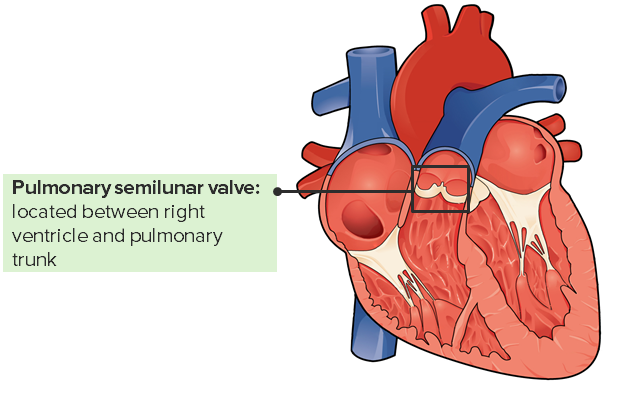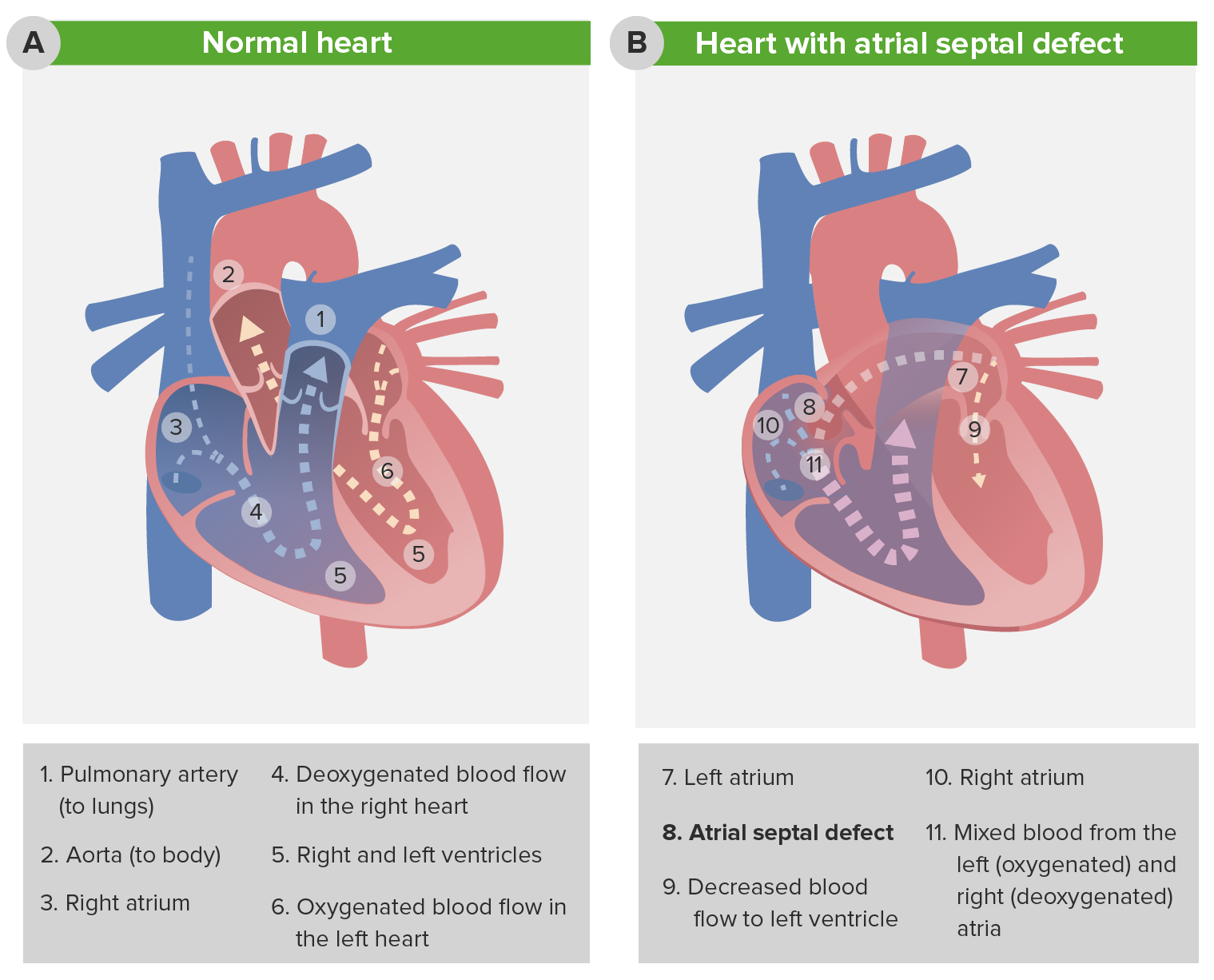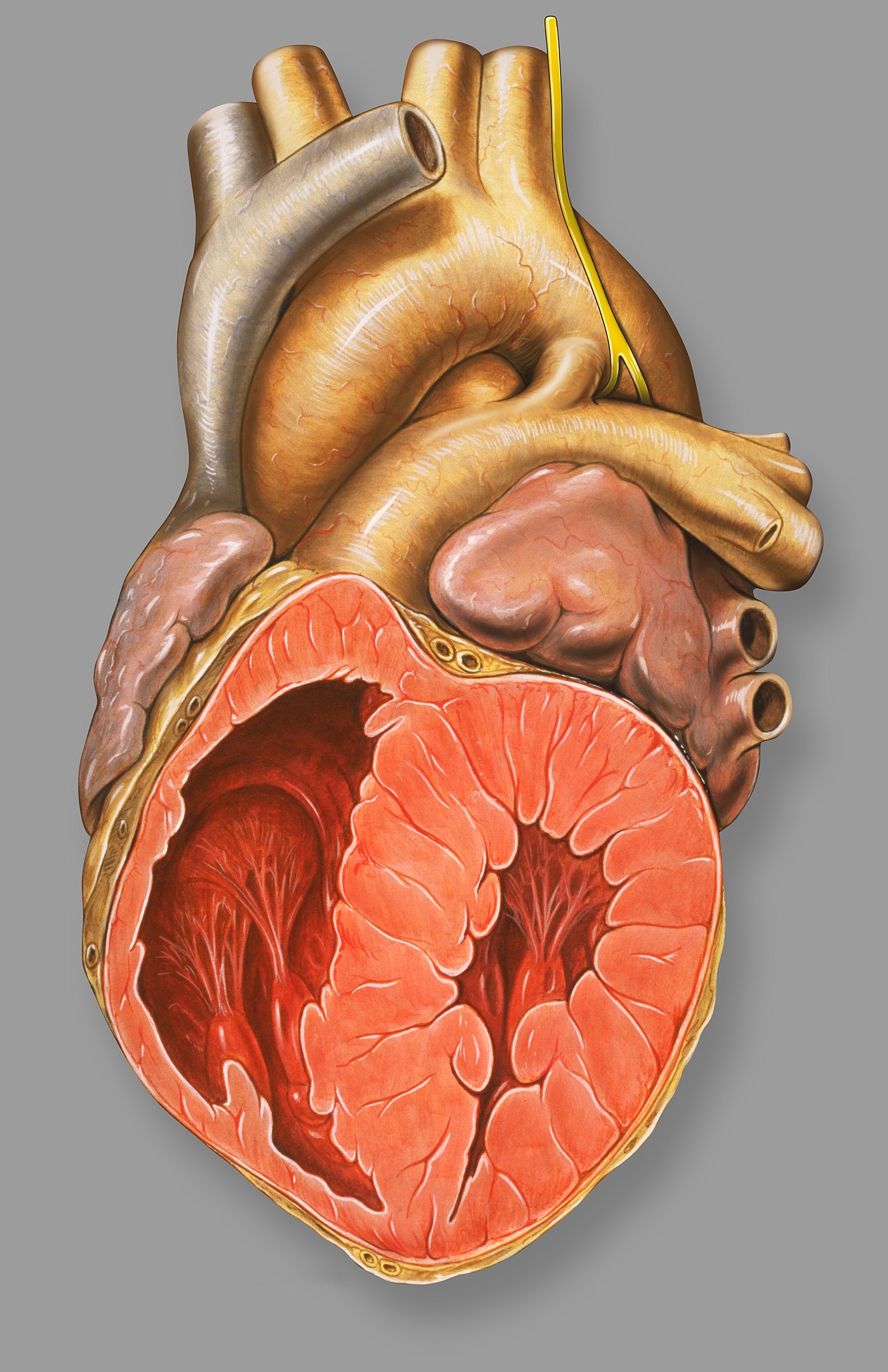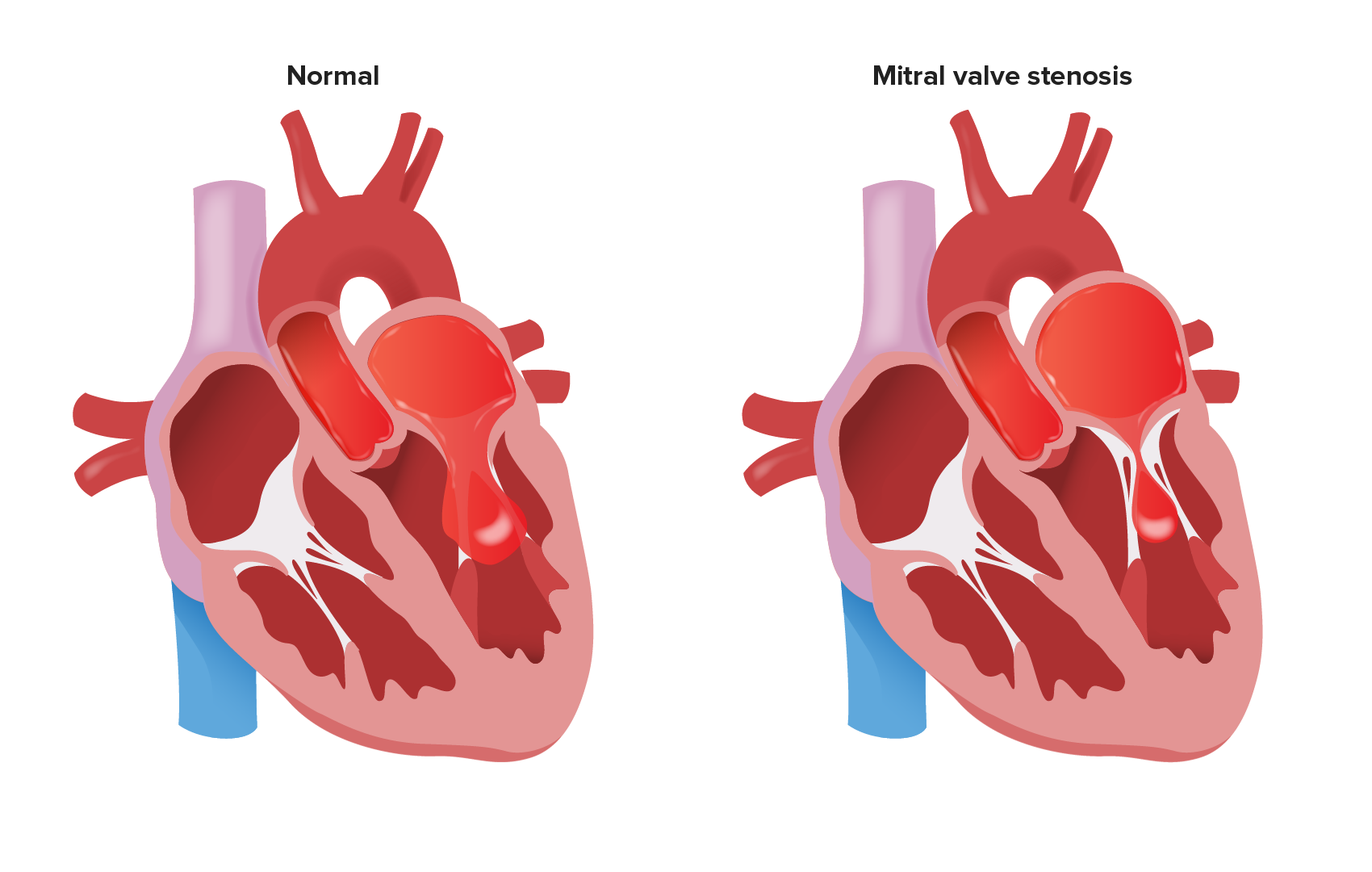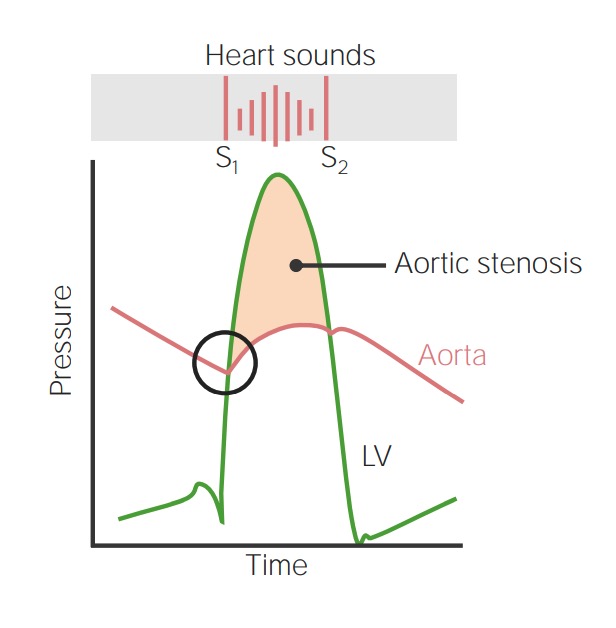Playlist
Show Playlist
Hide Playlist
Conclusion – Congenital Heart Disease
-
9 Lecturio Congenital Heart Disease DLM v001.pdf
-
Reference List Cardiology.pdf
-
Download Lecture Overview
00:00 Well, in conclusion, I’ve given you a very quick look at congenital heart disease. As I said in the beginning, this is a very complex area that’s actually the purview of a group of cardiologists, the pediatric cardiologists who, again, often in conjunction with adult cardiologists, continue to follow these patients for their whole life, particularly where there are residual defects, as I just mentioned in the patient with cyanotic congenital heart disease. There’s excellent catheter and surgical treatment for these patients. They all have very specific findings on physical exam and EKGs and echos. I didn’t go into this in great detail because it’s a whole area of itself, but suffice it to say that with careful thought and examination, the adult cardiologist can usually identify these lesions based on patient’s history and the physical findings. And of course, this is followed up with a number of imaging tests - echo, CT or MRI give a beautiful map of the lesion, often which the surgeons want ahead of time to look at before they go in. 01:10 And the results of surgical intervention or catheter intervention are very, very good for the vast majority of patients, with the exception of the individuals with cyanotic congenital heart disease who often continue to have disability and problems. But, the good news is that most individuals with congenital heart disease actually lead long and productive lives with minimal disability. Why? Because they’ve had the defect closed, often in childhood, there’s not pulmonary vascular disease, they don’t turn blue, they function very well. Some even are competitive athletes. The residual problems are often in the patient with the complex lesions that lead to cyanosis at birth, as we talked about - the transpositions where the aorta and pulmonary artery are reversed. These individuals have a number of palliative operations and they often have residual disability. Fortunately, they’re a very small group. 02:12 The majority of patients with congenital heart disease either have the obstructive lesions - pulmonic stenosis and aortic stenosis, or the holes in the heart - the ASD, the VSD. 02:21 Usually, these do extremely well with our current therapy and often, they don’t need cardiac surgery. Often the defects can be closed with catheter devices. So it’s a very good time for congenital heart disease with the exception of the people who had cyanotic congenital heart disease. They often require considerable follow-up and care, and as I mentioned before, it’s usually co-ordinated care between the pediatric cardiologist and the adult cardiologist.
About the Lecture
The lecture Conclusion – Congenital Heart Disease by Joseph Alpert, MD is from the course Cardiac Diseases.
Included Quiz Questions
Which of the following entities is never a congenital heart disease?
- Arteriosclerotic heart disease
- Atrial septal defect
- Coarctation of the aorta
- Patent ductus arteriosus
- Pulmonic stenosis
Which of the following congenital heart lesions is most likely to require surgical attention in early childhood?
- Transposition of the great arteries leading to blue baby
- Atrial septal defect
- Patent ductus arteriosus
- Pulmonic stenosis
- Ventricular septal defect
Which of the following congenital heart lesions results in persistent blood flow directly from the aorta into the pulmonary artery?
- Patent ductus arteriosus
- Atrial septal defect
- Ventricular septal defect
- Coarctation of the aorta
- Pulmonic stenosis
Customer reviews
5,0 of 5 stars
| 5 Stars |
|
2 |
| 4 Stars |
|
0 |
| 3 Stars |
|
0 |
| 2 Stars |
|
0 |
| 1 Star |
|
0 |
Thank you! a great preview into a subject that we didn't get to cover well in class.
Could really include some of the image diagnoses, seeing as you talk about them. Other than that good lecture.

